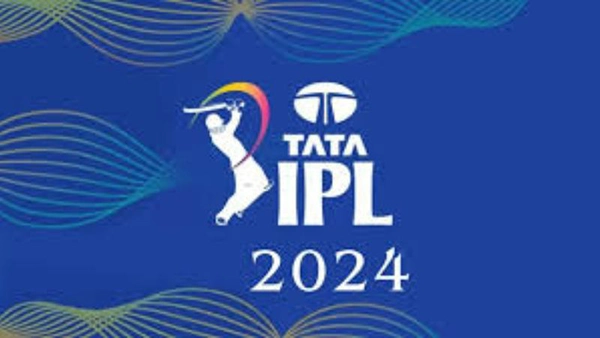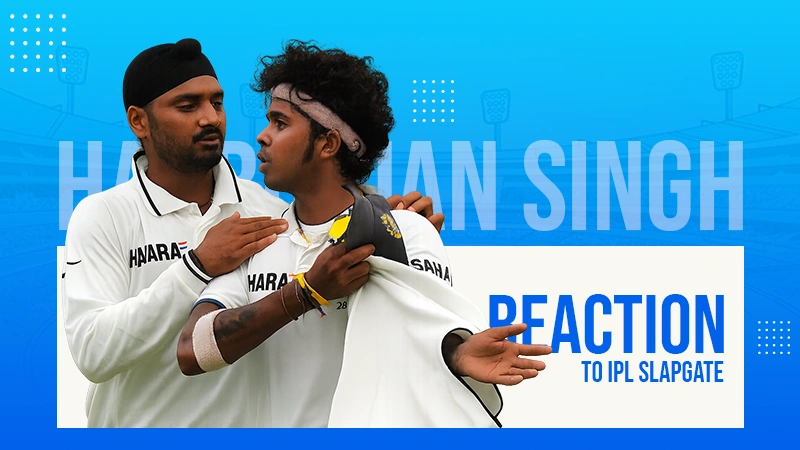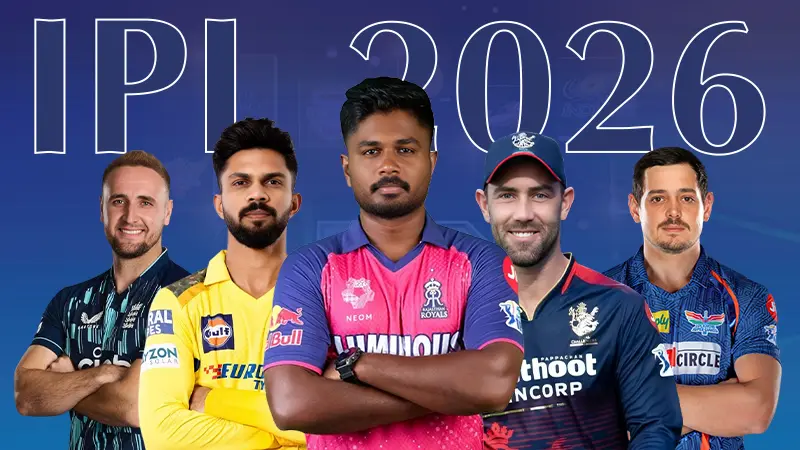
Unveiling the Game-Changing New and Updated Rules in the IPL: Stay Ahead of the Curve!

The Indian Premier League (IPL) has captivated cricket fans worldwide since its inception in 2008.
This progressive, high-octane T20 cricket tournament has revolutionized the sport, introducing a new era of excitement, innovation, and strategic brilliance.
As the IPL continues to evolve, the governing body has introduced a series of updated rules that promise to shake up the dynamics of the game.
It also highly impacts how users play on this website, increasing the thrill of playing and more chances of raising the stakes.
This article will unveil the new rules in the IPL to stay ahead of your competitors.
Evolution of the IPL Rules
The IPL has undergone a remarkable transformation over the years, with the governing body constantly tweaking and refining the rules.
This keeps the tournament fresh, engaging, and aligned with the changing landscape of the sport.
From the introduction of the Power Play to the implementation of the Decision Review System (DRS), the IPL has been at the forefront of cricket’s strategic advancements.
Key Changes in the IPL Rules
The upcoming IPL season will witness several significant changes to the existing rules.
Each rule is designed to enhance the overall viewing experience and introduce new tactical considerations for the teams. Here are some of the key updates:
- Increased Power Play Overs: The Power Play duration has been extended from the first 6 overs to the first 8 overs. It allows teams to utilize their best fielders and bowlers during the early stages of the innings.
- New Fielding Restrictions: The number of fielders allowed outside the 30-yard circle has been increased from 4 to 5 during the last 4 overs of the innings. It helps in creating new challenges for batters and opening up new strategic avenues for teams.
- Substitution Rule Revamp: The IPL has introduced a new “Impact Player” rule. In this, the teams can substitute one of their players during the match with an alternate player, providing more flexibility and tactical options.
- Expanded Squad Sizes: The IPL squads have been expanded from 25 players to 27 players. It allows teams to have a deeper bench and more versatility in their roster selections.
- Revised Over Rates: The IPL has implemented stricter penalties for slow over rates. It also includes the possibility of a team being docked points if they fail to maintain the required pace.
Impact of the New Rules on Team Strategies
These rule changes will undoubtedly have a significant impact on team strategies and the overall dynamics of the IPL.
Teams will need to carefully evaluate their player selections, in-game tactics, and overall approach to the tournament to stay ahead of the curve.
For instance, the extended Power Play and increased fielding restrictions during the death overs will require teams to rethink their bowling and fielding strategies.
This will potentially lead to the emergence of new specialist roles and the increased importance of all-rounders.
The “Impact Player” rule will also introduce an additional layer of strategic decision-making.
Thus, the teams will need to carefully weigh the benefits of substituting a player mid-match against the potential disruption to team chemistry and momentum.
Analysis of the Potential Benefits and Drawbacks of the New Rules
The new IPL rules have the potential to deliver a host of benefits, both for the fans and the teams.
The increased Power Play duration and fielding restrictions during the death overs could lead to higher-scoring matches.
It will also result in more boundary hits, and a more engaging viewing experience for the audience.
The “Impact Player” rule, in particular, has the potential to add an extra layer of excitement and unpredictability to the matches.
The teams will need to make split-second decisions on when and how to utilize their substitutions.
Also, the expanded squad sizes and the “Impact Player” rule may introduce challenges in terms of team chemistry and cohesion.
This may result in players struggling to find their rhythm and role within the team.
Strategies to Stay Ahead of the Curve in the IPL
To successfully navigate the improving IPL system, teams will need to adopt a multifaceted approach, focusing on both tactical and strategic adaptations.
- Scouting and Player Recruitment: Teams will need to invest heavily in their scouting operations. They need to identify versatile players who can seamlessly adapt to the new changes and provide valuable contributions to the game.
- Innovative Tactical Approaches: Coaches and captains will need to think outside the box, devising new strategies. The playing styles will also be changed to capitalize on the rule changes and keep their opponents guessing.
- Data-Driven Decision-Making: The value of in-game substitutions and management will require teams to rely on data analysis. The real-time decision-making tools can assist in optimizing their performance.
Conclusion: Embracing Change in the IPL
As the IPL continues to evolve, the introduction of these updated rules represents a significant turning point for the tournament.
While the changes may initially seem tough, they also present a unique opportunity for teams and players. They can showcase their adaptability, strategic prowess, and innovative thinking.
By embracing the challenges presented by these changes, the IPL will undoubtedly continue to captivate audiences worldwide.
Therefore, it will solidify its position as one of the most dynamic and thrilling cricketing events on the global stage.











